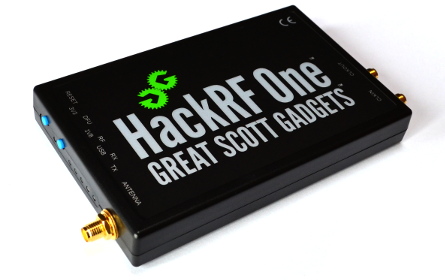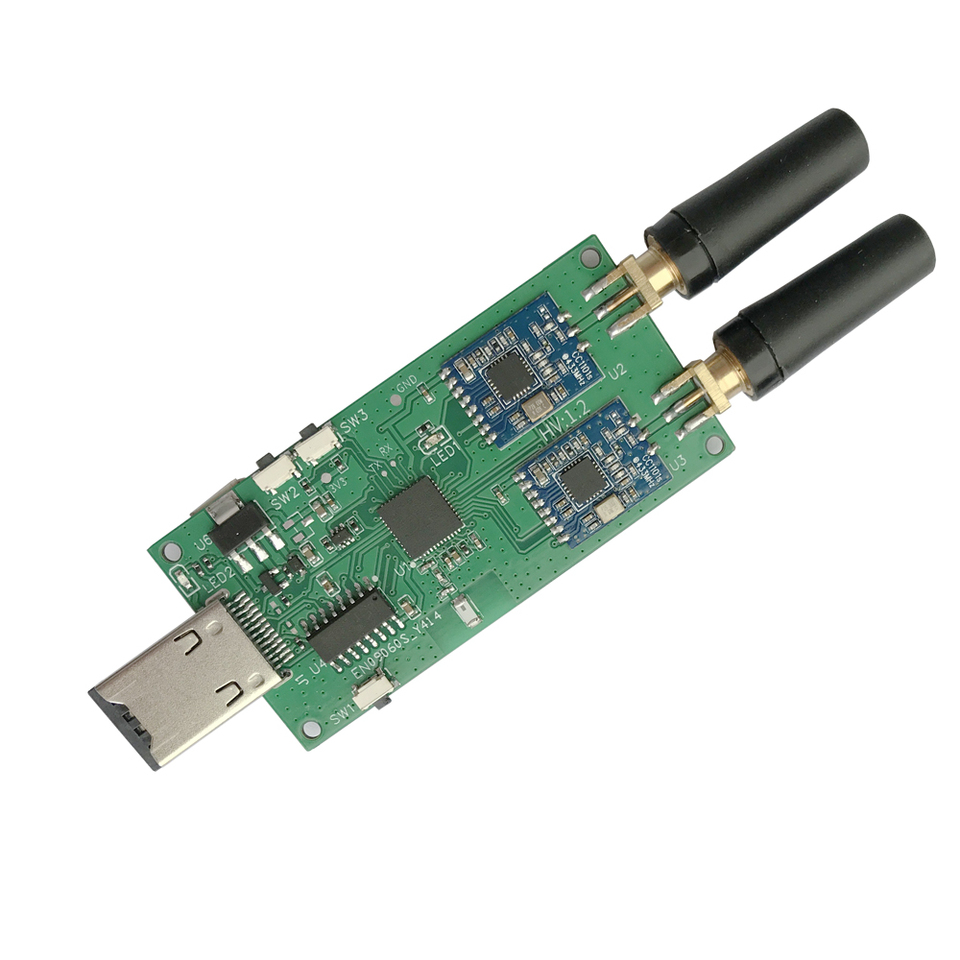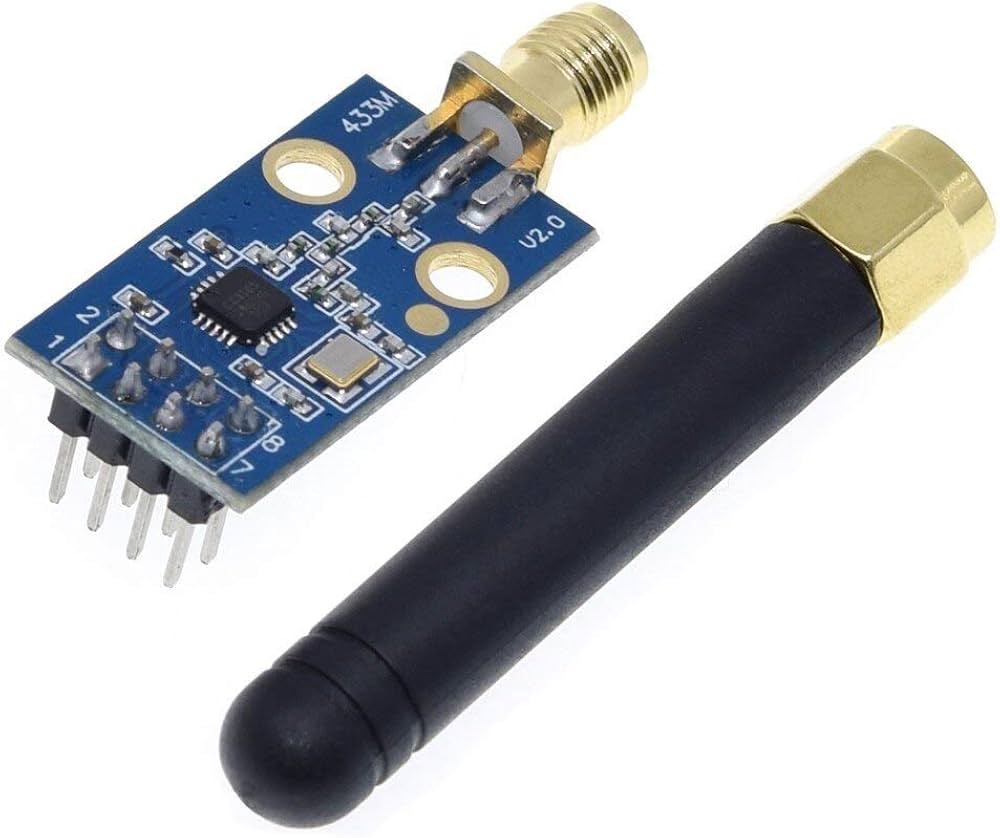RF Attacks
Overview
RF (Radio Frequency) attacks refer to the exploitation of vulnerabilities or weaknesses in RF-based communication systems to gain unauthorized access, disrupt, or manipulate wireless transmissions.
Common RF Attacks
Here are a few common RF attacks:
Jamming: Jamming involves transmitting interference signals on the same frequency as the target RF communication, causing disruption or denial of service. It can be used to block signals or prevent communication between devices.
Replay Attacks: In a replay attack, an attacker intercepts and records RF signals exchanged between two devices and later replays them to gain unauthorized access or perform malicious actions.
Man-in-the-Middle (MitM) Attacks: In an RF MitM attack, the attacker positions themselves between two communicating devices, intercepts the RF signals, and relays or manipulates the communication to eavesdrop, inject malicious code, or tamper with data.
Sniffing: RF sniffing involves capturing and analyzing RF signals to extract sensitive information, such as usernames, passwords, or encryption keys, transmitted over the air.
Spoofing: RF spoofing is the act of impersonating a legitimate RF device or network to deceive users or gain unauthorized access. This can include creating rogue access points, spoofing wireless devices, or forging RF signals.
RF Hacking Tools
HackRF One Bundle

HackRF One from Great Scott Gadgets is a Software Defined Radio peripheral capable of transmission or reception of radio signals from 1 MHz to 6 GHz. Designed to enable test and development of modern and next generation radio technologies, HackRF One is an open source hardware platform that can be used as a USB peripheral or programmed for stand-alone operation.
Capabilities:
1 MHz to 6 GHz operating frequency
half-duplex transceiver
up to 20 million samples per second
8-bit quadrature samples (8-bit I and 8-bit Q)
compatible with GNU Radio, SDR#, and more
software-configurable RX and TX gain and baseband filter
software-controlled antenna port power (50 mA at 3.3 V)
SMA female antenna connector
SMA female clock input and output for synchronization
convenient buttons for programming
internal pin headers for expansion
Hi-Speed USB 2.0
USB-powered
open source hardware
HackRF One has an injection molded plastic enclosure and ships with a micro USB cable. An antenna is not included. ANT500 is recommended as a starter antenna for HackRF One.
You can check those YouTube Playlists/Videos/Tutorials about HackRF One:
This YouTube Playlist created by Great Scott Gadgets
This YouTube Video created by Hak5
This YouTube Video created by David Bombal
This YouTube Video created by Steve Mould
YARD Stick One

YARD Stick One (Yet Another Radio Dongle) can transmit or receive digital wireless signals at frequencies below 1 GHz. It uses the same radio circuit as the popular IM-Me. The radio functions that are possible by customizing IM-Me firmware are now at your fingertips when you attach YARD Stick One to a computer via USB.
Capabilities:
half-duplex transmit and receive
official operating frequencies: 300-348 MHz, 391-464 MHz, and 782-928 MHz
unofficial operating frequencies: 281-361 MHz, 378-481 MHz, and 749-962 MHz
modulations: ASK, OOK, GFSK, 2-FSK, 4-FSK, MSK
data rates up to 500 kbps
Full-Speed USB 2.0
You can check those YouTube Playlists/Videos/Tutorials about YARD Stick One:
This YouTube Video created by Hacker Warehouse
This YouTube Video created by Hak5
This YouTube Video created by RDIoT DEMO
This YouTube Video created by Keld Norman
RTL-SDR Dongle

Officially this USB dongle is a Digital Video Broadcasting — Terrestrial (DVB-T), Digital Audio Broadcasting (DAB), and FM tuner. However, because of the chipset in the device, it could be used as a general purpose software defined radio.
Compatible with software-defined radio projects such as GNU Radio and SDR#.
FEATURES AND COMPONENTS
Built with the powerful RTL2832U and R820T tuner, this Software-Defined Radio (SDR) can tune into radio frequencies from 24MHz to 1850MHz.
RTL28232U-based USB stick with R820T Tuner
Operating frequency range 24 – 1750 MHz
2.0 Msps sample rate
Native resolution – 8 bits
Carrier Type – 2 K/ 8K
Modulation – QPSK, 16 QAM, 64 QAM
You can check those YouTube Playlists/Videos/Tutorials about RTL-SDR Dongle:
This YouTube Video created by Hacker Warehouse
This YouTube Video created by Tech Minds
This YouTube Video created by Tom the Dilettante
EvilCrow RF

Evil Crow RF V2 is a radiofrequency hacking device for pentest and Red Team operations, this device operates in the following radiofrequency bands:
300Mhz-348Mhz
387Mhz-464Mhz
779Mhz-928Mhz
2.4GHz
Evil Crow RF V2 has two CC1101 radiofrequency modules, these modules can be configured to transmit or receive on different frequencies at the same time. Additionally, Evil Crow RF V2 has a NRF24L01 module for other attacks.
Evil Crow RF V2 allows the following attacks:
Signal receiver
Signal transmitter
Replay attack
URH parse
Mousejacking
You can check those YouTube Playlists/Videos/Tutorials about Evil Crow RF:
This YouTube Video (DIY Evil Crow RF) created by Work From Home 2021
ESPboy Sub 1GHz Inspector
ESPboy_Sub1GHzInspector is an open-source tool that allows users to scan for and identify Sub-1GHz devices in their environment. It is a powerful tool that can be used for a variety of purposes, such as:
Identifying and locating Sub-1GHz devices: ESPboy_Sub1GHzInspector can be used to scan for and identify Sub-1GHz devices in a specific area. This can be useful for security professionals who are conducting vulnerability assessments or for hobbyists who are interested in learning more about the Sub-1GHz spectrum.
Analyzing Sub-1GHz traffic: ESPboy_Sub1GHzInspector can be used to analyze Sub-1GHz traffic to identify patterns and anomalies. This can be useful for security professionals who are investigating cyber attacks or for hobbyists who are interested in learning more about how Sub-1GHz devices communicate.
Testing Sub-1GHz devices: ESPboy_Sub1GHzInspector can be used to test Sub-1GHz devices to see how they respond to different stimuli. This can be useful for manufacturers who are developing new Sub-1GHz devices or for security professionals who are testing the security of Sub-1GHz devices.
ESPboy_Sub1GHzInspector is a valuable tool for anyone who wants to learn more about the Sub-1GHz spectrum or who wants to use Sub-1GHz devices for security or research purposes.
Blade RF

The BladeRF is a versatile software-defined radio (SDR) platform that offers a wide range of applications in wireless communications, research, and development. With its flexible architecture and powerful capabilities, the BladeRF enables users to explore and experiment with various wireless protocols, perform signal analysis, and engage in radio frequency (RF) testing and experimentation. It provides a platform for learning and working with SDR technology, making it a valuable tool for researchers, engineers, and hobbyists in the field of wireless communications.
You can check those YouTube Playlists/Videos/Tutorials about RTL-SDR Dongle:
This YouTube Video created by SparkFun Electronics
This YouTube Video created by IAmScareCrow
This YouTube PlayList created by Crazy Danish Hacker
DIY Tools Using an CC1101

To learn more about how to build a diy tool using an CC1101 , You can watch this YouTube Video/Tutorial created by justanengineer.
Solutions For FR Attacks
To mitigate RF (Radio Frequency) attacks and enhance the security of RF-based systems, consider implementing the following solutions:
Encryption: Use strong encryption algorithms to secure the data transmitted over RF communications. This helps protect against eavesdropping and unauthorized access to sensitive information.
Authentication and Authorization: Implement robust authentication mechanisms to ensure that only authorized devices or users can access the RF system. This prevents unauthorized devices from participating in the communication.
Frequency Hopping: Utilize frequency hopping techniques to switch between different frequencies within a designated range. This makes it harder for attackers to jam or intercept RF signals, as they need to continuously track and match the frequency changes.
Signal Monitoring and Intrusion Detection: Deploy monitoring systems that detect unusual or suspicious RF activities. This helps identify potential RF attacks and allows for timely response and mitigation.
Physical Security: Protect physical access to RF devices and equipment by securing them in controlled environments, restricting physical access, and implementing tamper-evident mechanisms.
Firmware and Software Updates: Regularly update firmware and software of RF devices to patch known vulnerabilities and security flaws. Stay informed about security updates from manufacturers or vendors.
RF Shielding: Implement RF shielding measures to contain the transmission range of RF signals, reducing the risk of unauthorized interception or leakage of RF communications.
Training and Awareness: Educate users and employees about the risks associated with RF attacks, promote best practices for RF security, and raise awareness about social engineering techniques that exploit RF vulnerabilities.
It's essential to tailor the solutions based on the specific RF system and its requirements. Consulting with RF security experts and conducting thorough risk assessments can help identify and address potential vulnerabilities in RF-based environments.
Last updated

